Fascinating Facts About Vikings That You Likely Didn’t Know
When we think of Vikings, we often think of burly men who used brute force to seize and conquer land. They originated from Scandinavia and were best known for sailing, trading, pillaging, and colonizing. The Vikings were an interesting group of people, but they are largely misrepresented in film and media today. These pirates made their mark all over the world and even beat Columbus to the U.S. Rethink everything you think you might know about the Vikings.
They didn’t actually wear horned helmets
We hate to burst your bubble, but you can’t believe everything you see on T.V. In almost every depiction of Vikings in movies, they can be seen wearing large horned helmets. The horned helmet look that most of us are familiar with inspires fear.
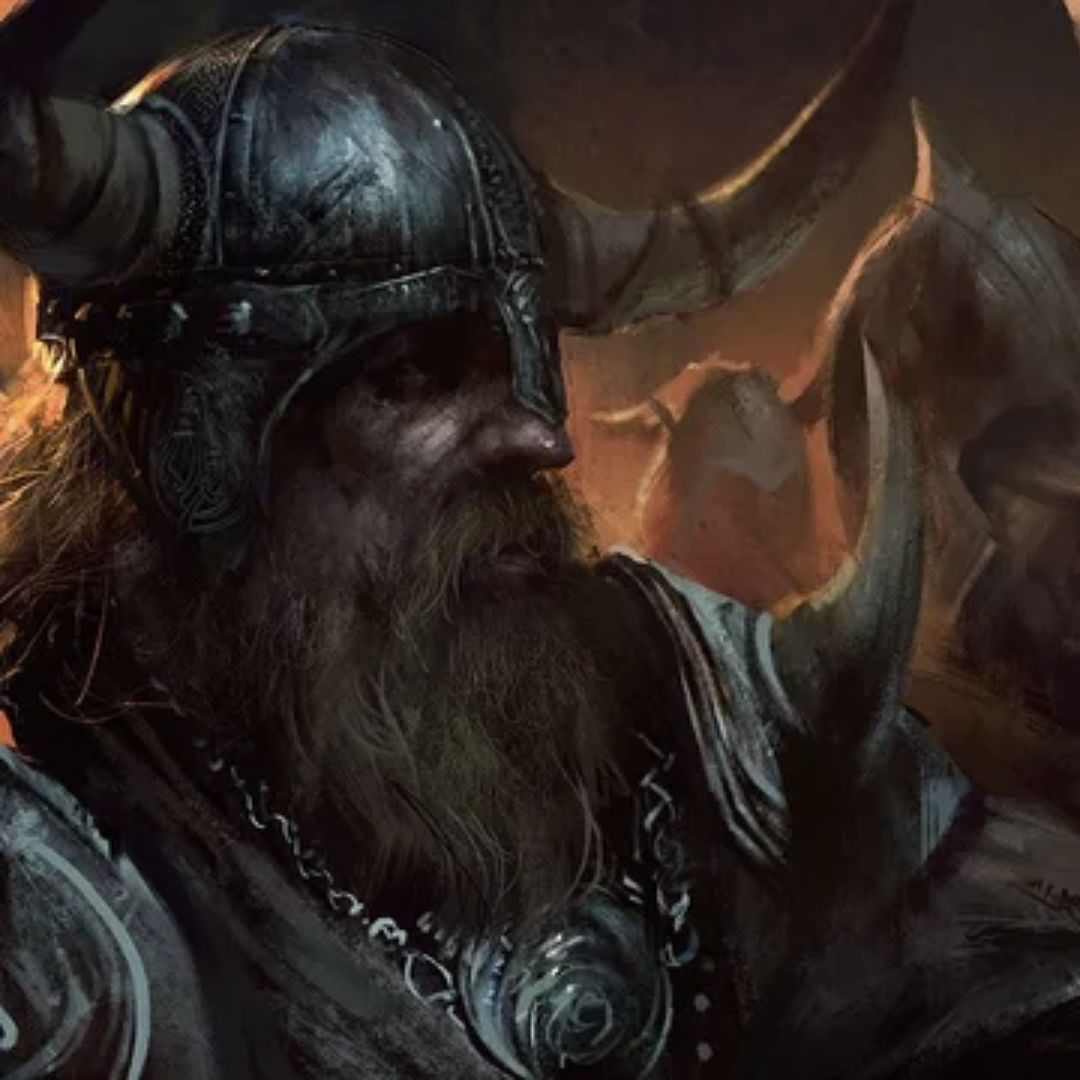
Source: imgur.com
However, there is no real evidence to confirm that they actually wore this headgear. All depictions of Vikings from the actual Viking Age are “horn-free”. Most likely, painters of the 19th century took some artistic liberties when painting Viking warriors. After all, the iconic helmet with horns is very intimidating.
Vikings were actually… clean?
You would assume hygiene was not high on the priority list for a group of pirates sailing, pillaging, and exploring the world. Surprisingly, the vikings were a group of hygienic individuals. Historians have found makeshift tweezers, razors, combs, and ear cleaners by excavating Viking sites.
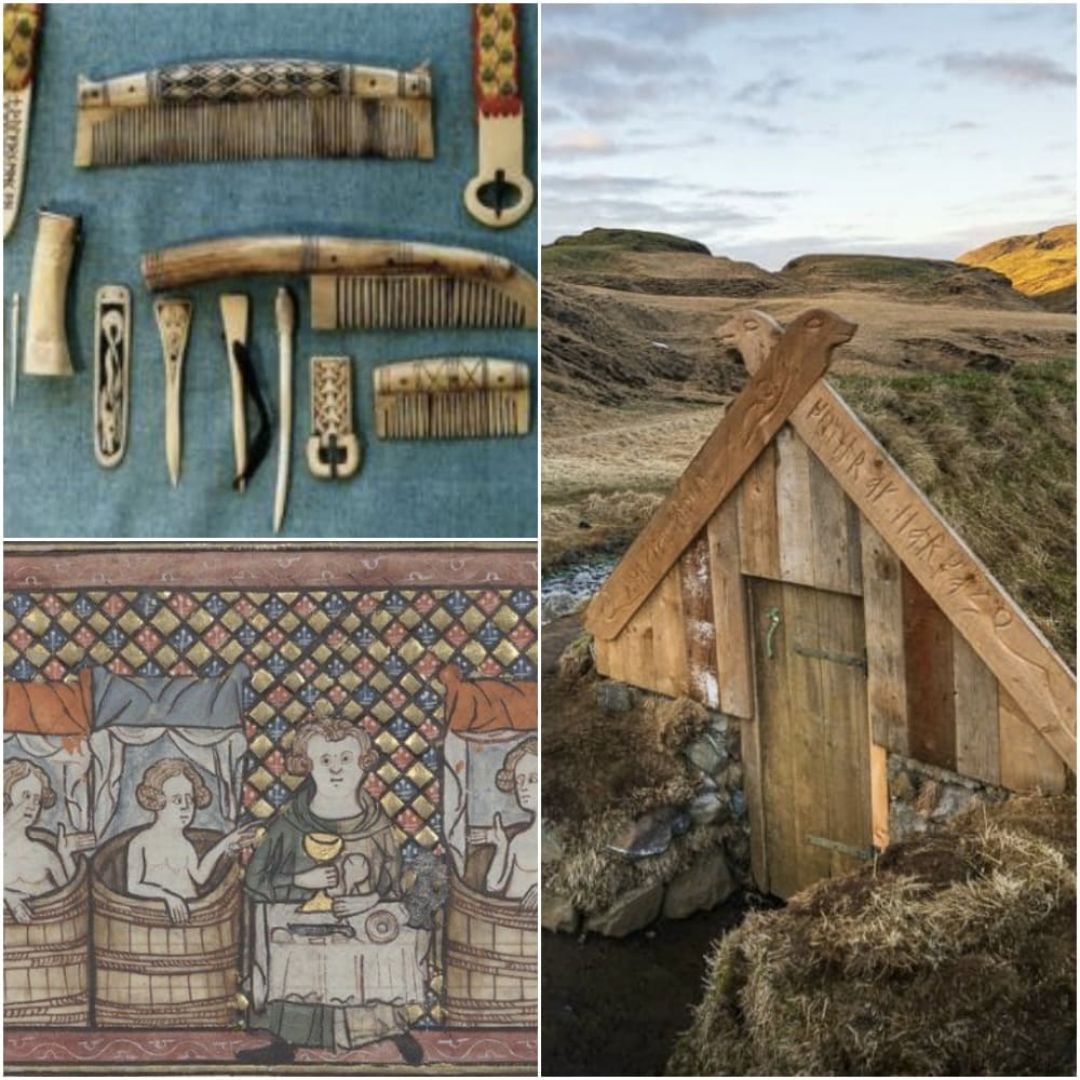
Source: adventographer.com
It appears the perception we have of Viking men may be all wrong. They actually showered once a week in natural hot springs. That might seem like it’s not nearly often enough, but this was actually far more common than other Europeans of the time. Who would have thought?
Vikings Buried the Dead in Boats
The Vikings were pirates of sorts, traveling by sea to conquer people and land. As such, they loved their boats. To be buried in a boat was a great honor. They believed that these ships would carry their fallen men and women to their “final destinations”.
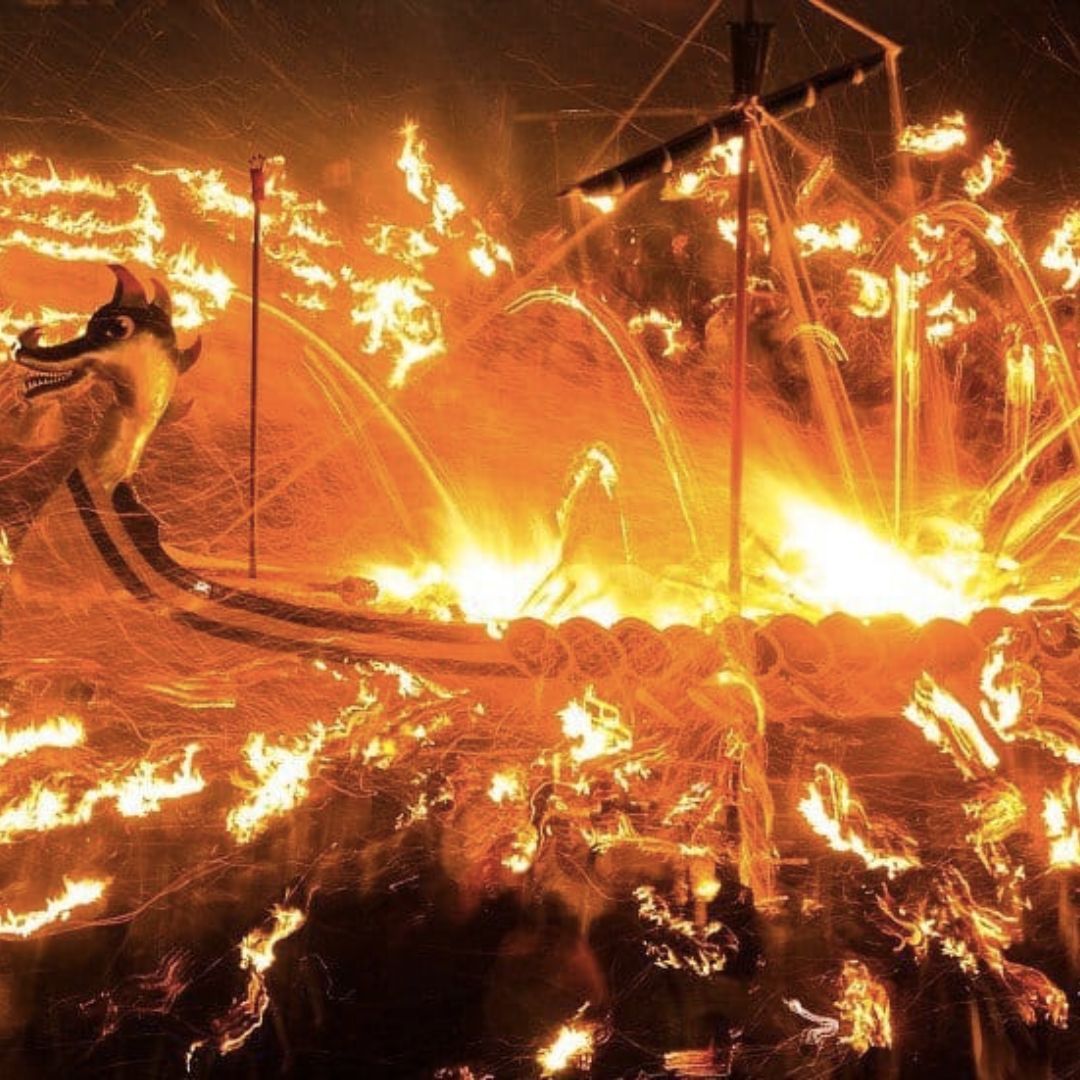
Source: messagetoeagle.com
Men and women of high status and respect would be buried in boats with valuable goods and weapons. They believed the afterlife would be a glorious place in which their fallen could bring these goods. For this reason, when their own passed away, they took pride in the “send-off” celebrations.
Vikings Skied for Fun
When they weren’t sailing and conquering, Vikings could be found skiing for fun! The Scandanavians were one of the first groups to develop skis. In fact, they even worshiped a god of skiing, named Ullr.
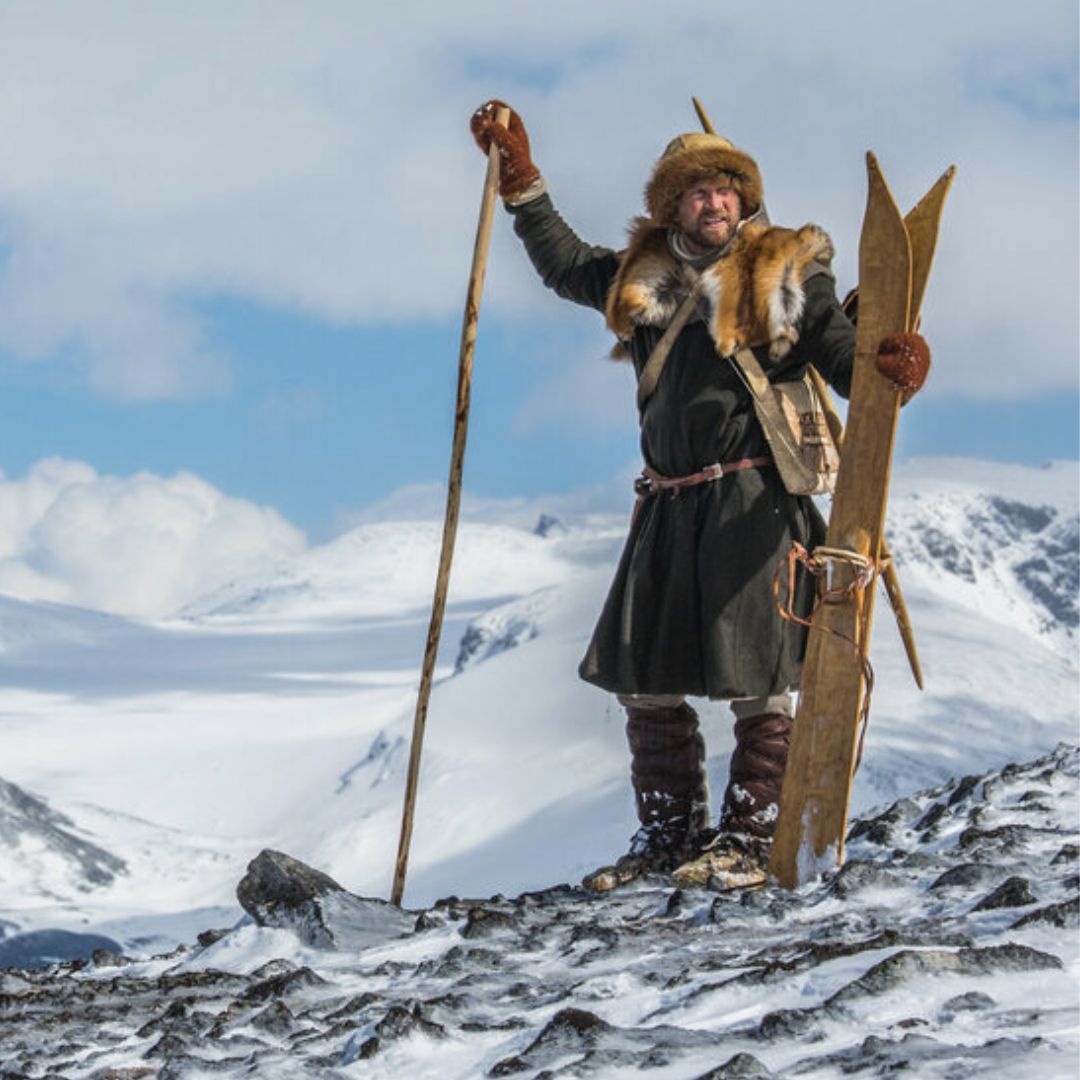
Source: secretsoftheice.com
They used skis as an efficient way to get around as well as a fun recreational activity. They found skis to be a silent way to get across frozen rivers as well. It’s hard to imagine a Viking hitting the slopes!
They dyed their hair blond
Many Scandanvaians naturally had blond or red hair. They viewed blond hair as beautiful, so some men and women who had darker hair actually dyed their hair lighter. They used lye to bleach their hair and conform to their culture’s beauty ideals.
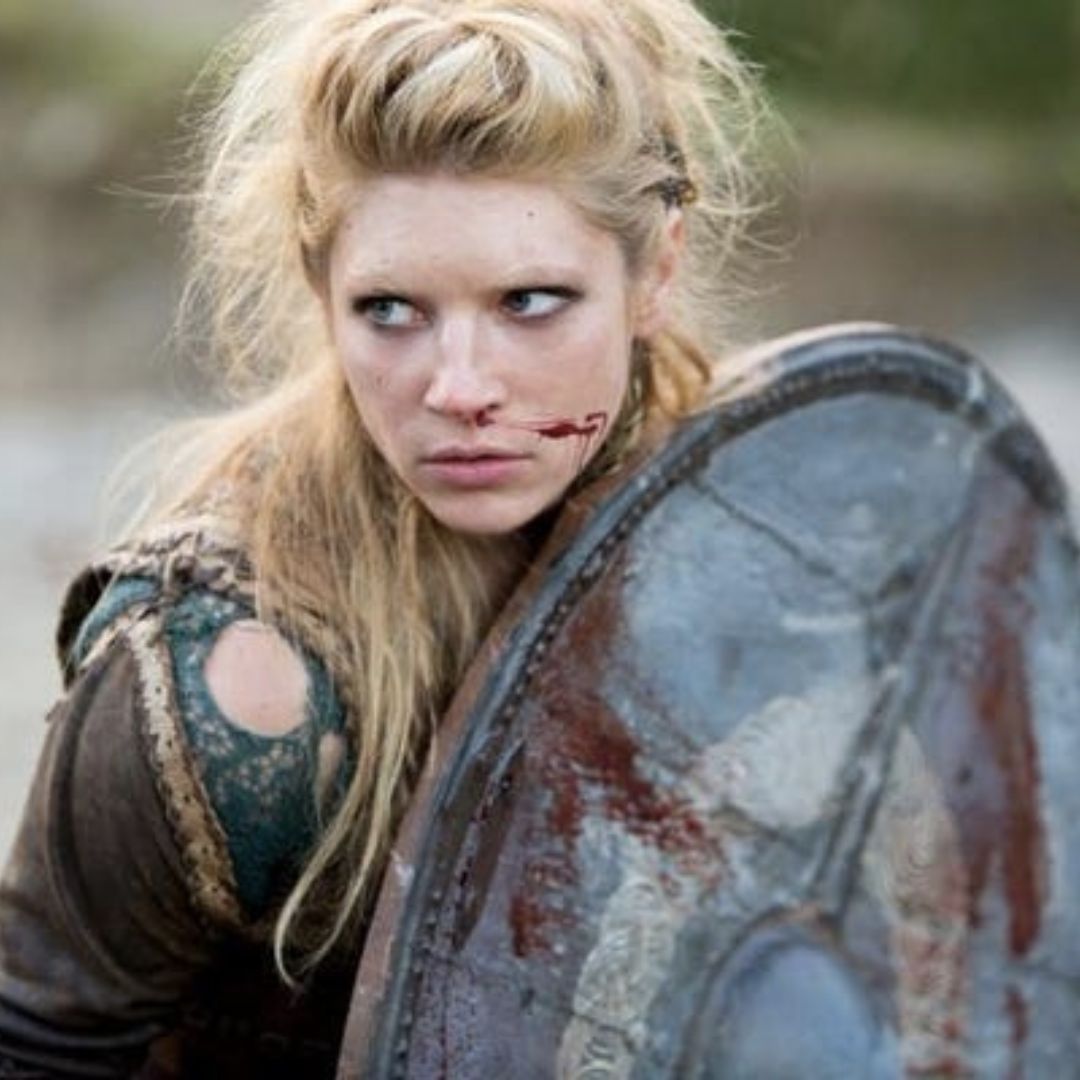
Source: onedio.com
Historians think that the lye served another purpose as well: it prevented lice. Lye soap is actually used today to kill head lice. As it turns out, the Vikings were really ahead of their time in many ways.
Vikings often fought each other
The Vikings weren’t actually all a part of a unified group. They made up smaller tribes around Denmark, Norway, and Sweden. A viking from one tribe most likely wouldn’t recognize a viking from another.
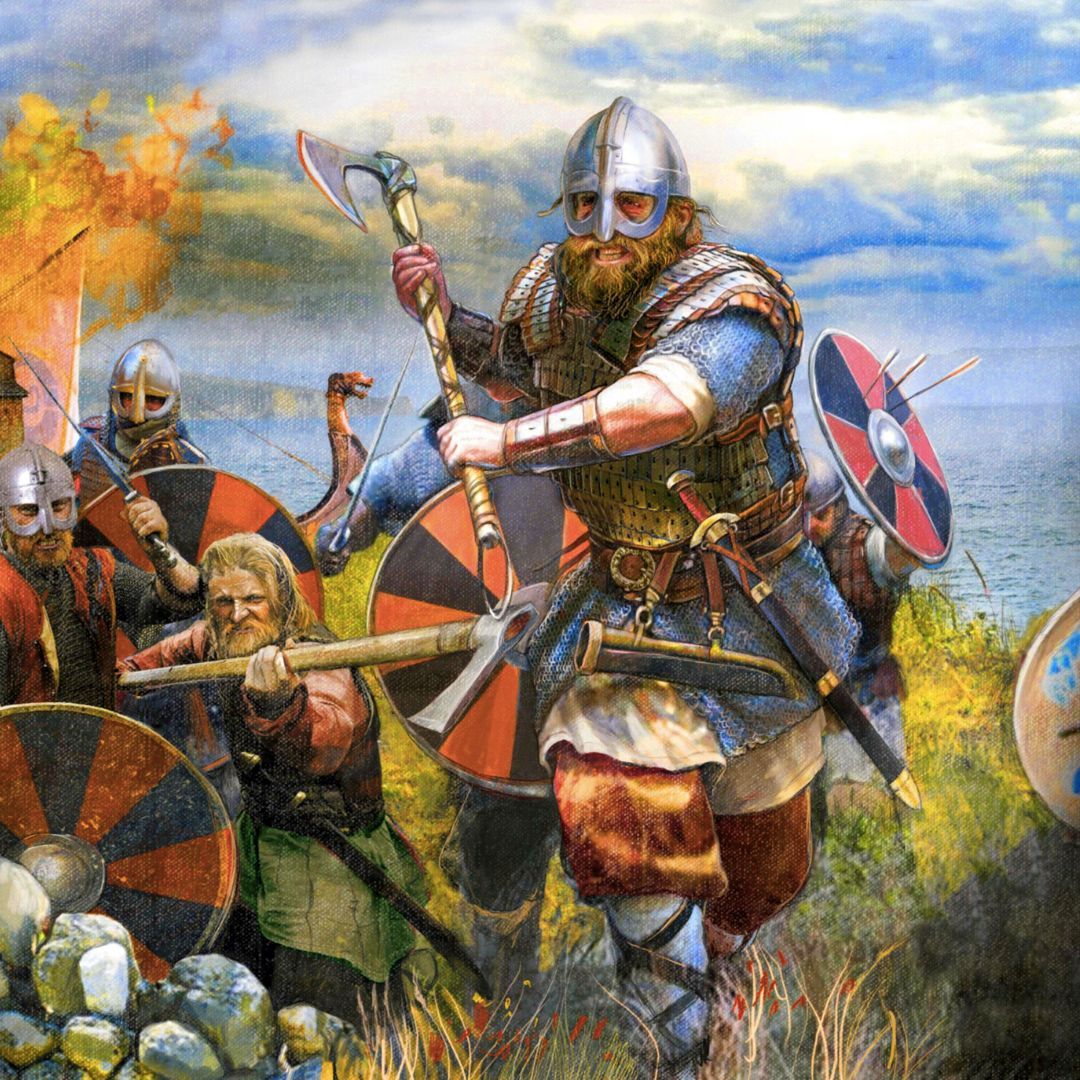
Source: imgur.com
The groups did share a common culture, but that doesn’t mean they necessarily got along. In fact, when they weren’t fighting on foreign land, they would often fight against one another. They raided each other before they ever raided land in Europe.
Many vikings were farmers
While Vikings are best known for their brute fighting, many Viking men were actually farmers by trade. The majority of Vikings spent their time farming barley, rye, and oats rather than raiding Europe. Viking farmers raised cattle, goats, pigs, and sheep to support and feed their families.
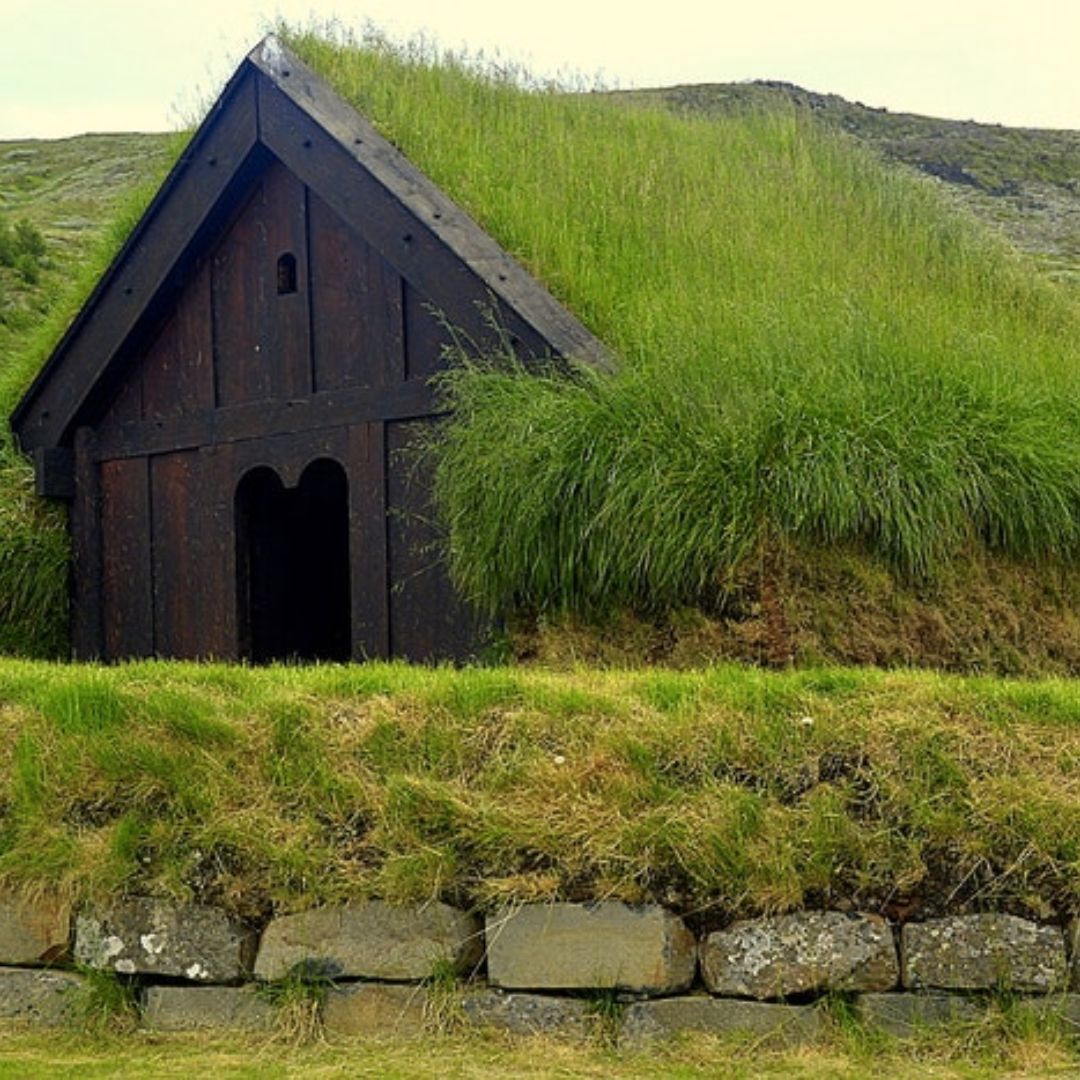
Source: guidetoisland.is
This certainly doesn’t fit with the typical view of a Viking man as a roughhousing pirate. Everything was done by hand in the farms, which contributed to the physically strong nature of Scandanvians of the time.
Vikings Beat Columbus to America
While Columbus is credited with “discovering” the New World, we now know this is not true. Historians have found that Nomadic Asian tribes discovered the land thousands of years ago. However, a Viking beat Columbus to the punch as well.
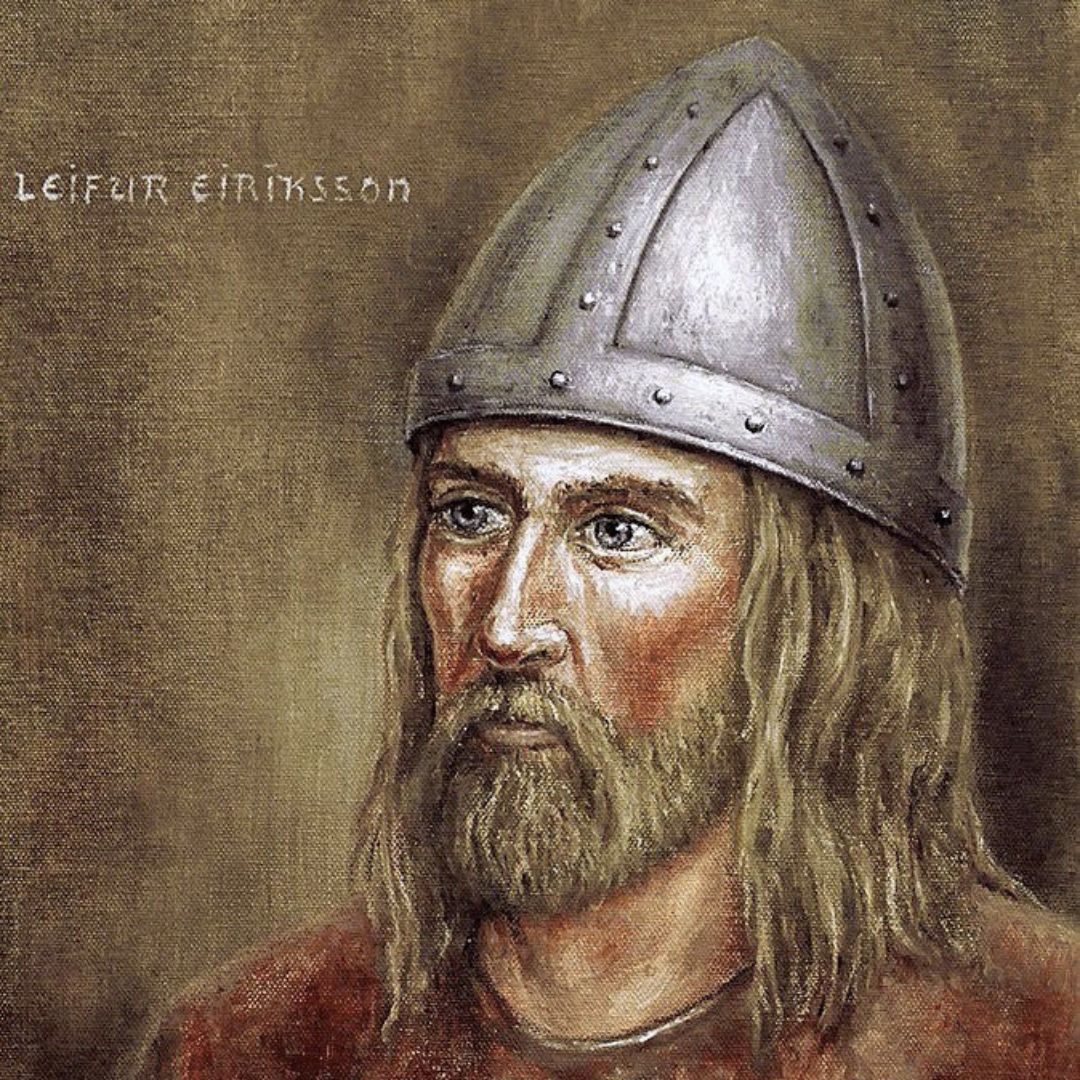
Source: reddit.com
Leif Erikson was a Viking explorer who arrived on American shores 500 years before Columbus got there. Erikson and his group tried to colonize the new land, but were unsuccessful. Most likely, because they were outnumbered by the natives.
They had their own gods
The Vikings had their own gods and Norse religion played a large role in their culture. They even named some of the days of the week after their gods. The Norse gods are not as familiar to us as some of the Greek and Roman gods, even though they came long after Greek and Roman mythology.
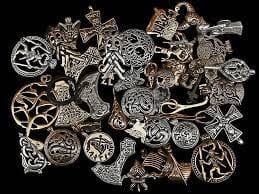
Source: jelldragon.com
However, if you’re into comic books, or the Marvel universe, you might be familiar with some of the Norse gods. Thor and Loki are two real Norse Gods played by Chris Hemsworth and Tom Hiddleston in the Avengers films. We’re pretty sure Vikings would be shocked to discover their gods were being remembered through superhero movies!
Some Vikings were called “Berserkers”
“Berserkers” was a term used to refer to a kind of Viking who fought in a “trance-like” fury. Most likely, these fearsome warriors took hallucinogens to add to their battle finesse. Berserkers were some of the most feared men of the time, because they fought animalistically.

Source: reddit.com
They would fearlessly battle anyone in their path to get paid. The term actually found its way into the English language. Who would have thought that we’d have Viking warriors to thank for the word “berserk”?
Viking women
Viking women actually had more freedom than other women in Europe during the Viking Age. A Viking woman could carry weapons, divorce their husband, and perform all of the “male jobs” while their husbands were away.
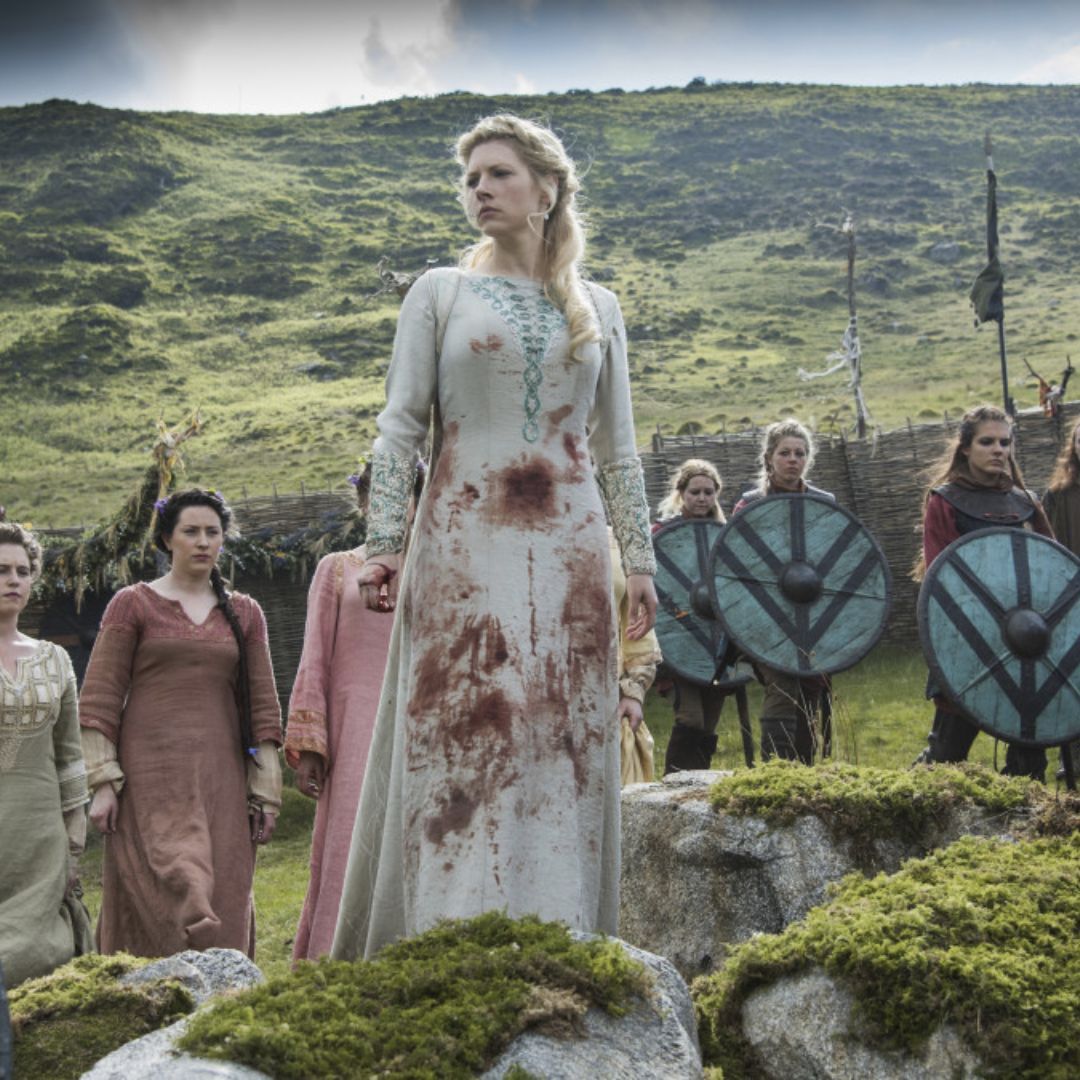
Source: history.com
Women in Viking tribes were in charge of the household finances and could travel on Viking ships alongside the men. While they don’t receive as much recognition for their bravery and strength, Viking women were as powerful as their male counterparts.
